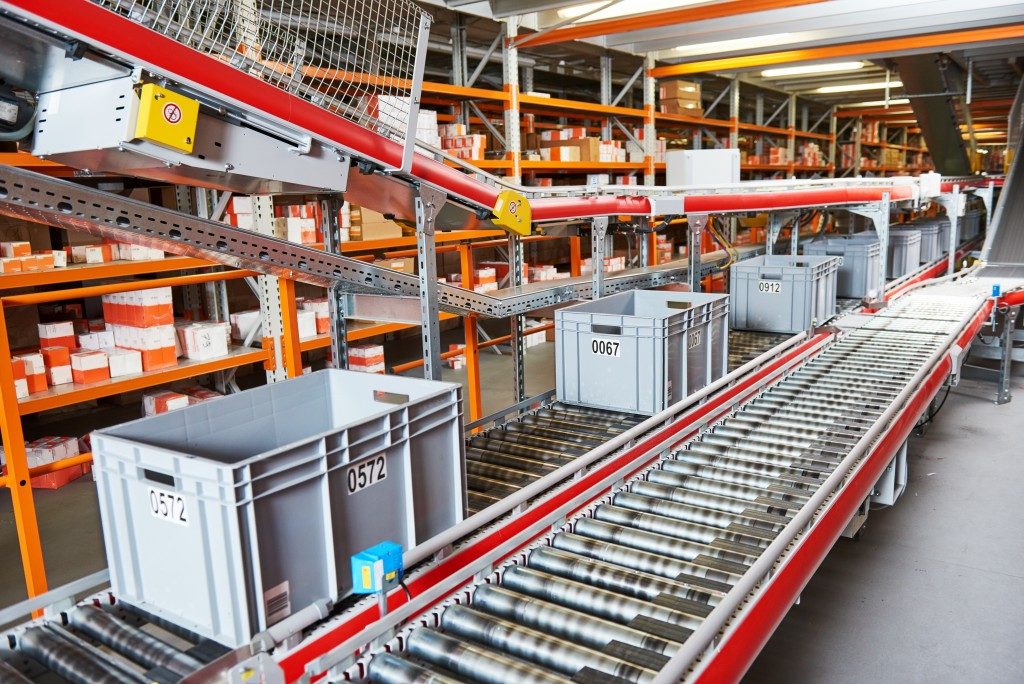Cargo loading, packing, delivery options and returns are among the areas that the logistics industry has been improving year after year. Looking back, critical of these developments is using automatic cargo loading machinery and paperless procurement documentation. The growth of e-commerce, however, turned the logistics environment into an insanity mode. First, the industry has had and continues to face the challenge of meeting the demand for very narrow delivery times. Secondly, the complexity of logistics industry standards and clients’ requirements put both retailers and their logistics providers on pressure for superhuman services.
A possible remedy
The way out has been mechanising and automating every process, and to use lean procedures for the procurement process. That has, the most, reduced the pressure from clients as they can remotely monitor their shipments at any time and from any node. Competition has also stiffened over the years, to leave retailers and logistics providers no option but to advance their operations. Critical here has been meeting logistics standards at every level—local, national and international—, which has required every service providers narrow down their options to only what works best for them and their clients.
Working together
Although competition has been stiffening over the years, there have been more of inter- than intra-industry logistics and supply chain corporate events and conferences. The primary aim of these events is to study, together, the current market and strategise for a better future for every stakeholder in the industry. That includes from the manufacturer and investor to the client, who is the end-user of the services. Now, every year, while there are changes that could rub the logistics provider or retailer the wrong way, there is a level of standardisation cutting across the board.
Easing the “insanity”
With clear guidelines of operation and procurement, clients have an idea of what to expect from the handling and delivery of their consignments. Additionally, clients have a template with which to place and monitor their orders and to review the quality of the services offered. Logistics providers also have to either continuously improve the design and installation processes of their cargo systems for air, land and sea freight distribution or risk losing their edge in the industry.
The supply chain eco-system has been morphing at a steady rate, rendering obsolete some processes that once were trends in the logistics industry. Among the most challenged of these is providing free delivery to clients. Mutual interests for profits by retailers and quality services by clients have insisted on phasing out free delivery or meet a minimum order requirement for the process to at least be of economic value.
Conclusion: Attaining sustainability

Sustainability has always been a critical factor in the logistics and supply chain industry. And, it is along with this element that industry regulations have changing. As a result, delivery options have changed, and return policies and procurement procedures revised. The industry has also further insisted on utilising mechanised, automatic loading and packing systems, be they for air, land or sea cargo distribution. While there has been a myriad of changes in the industry over the years, the primary aim has been to ensure safety, delivery timeliness and value optimisation. And, it is these three that spell out sustainability for the logistics and supply chain industry.


